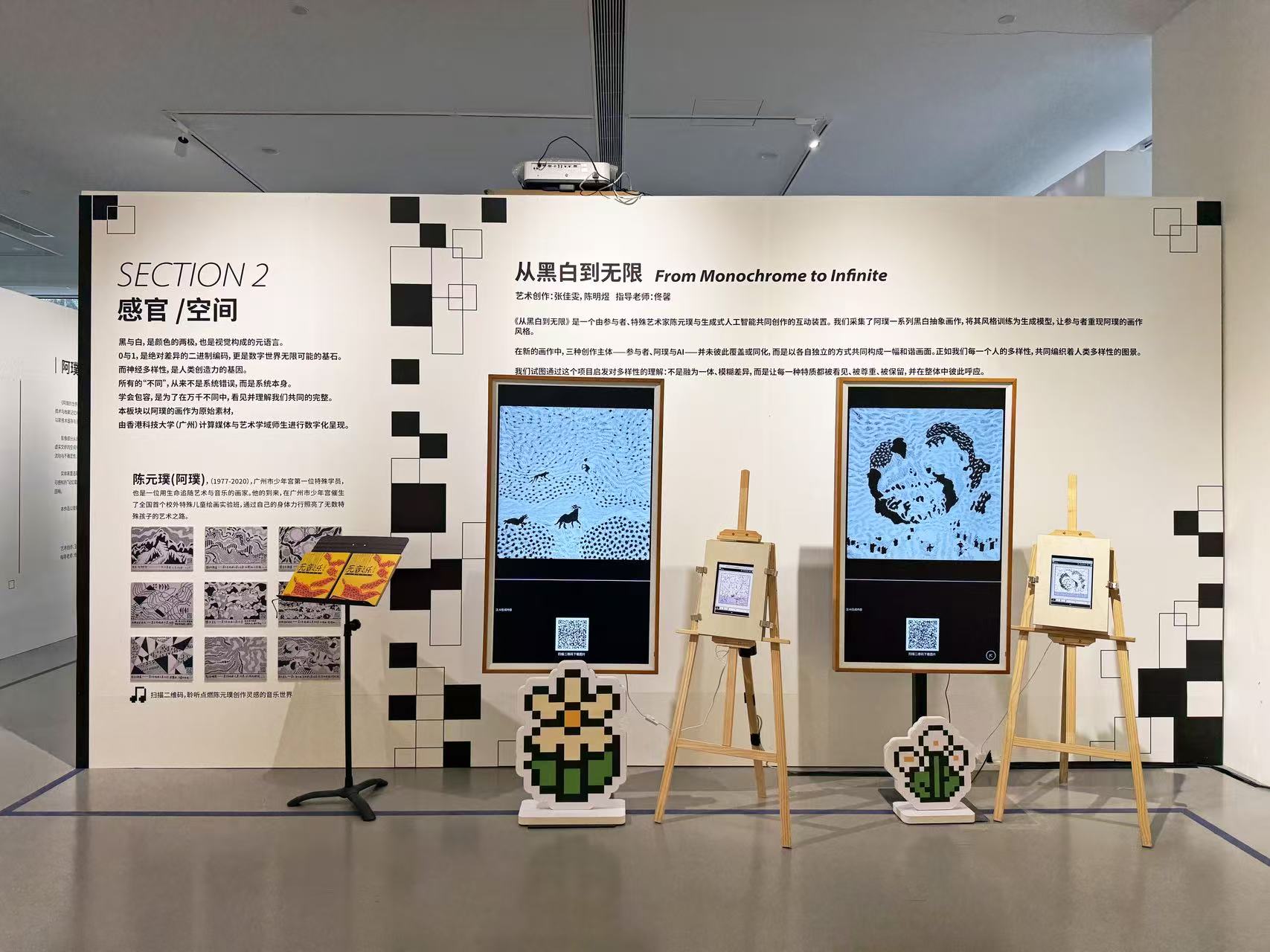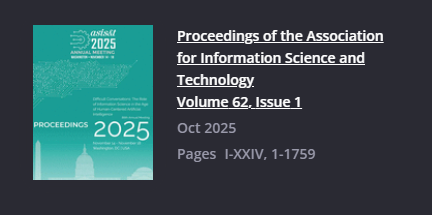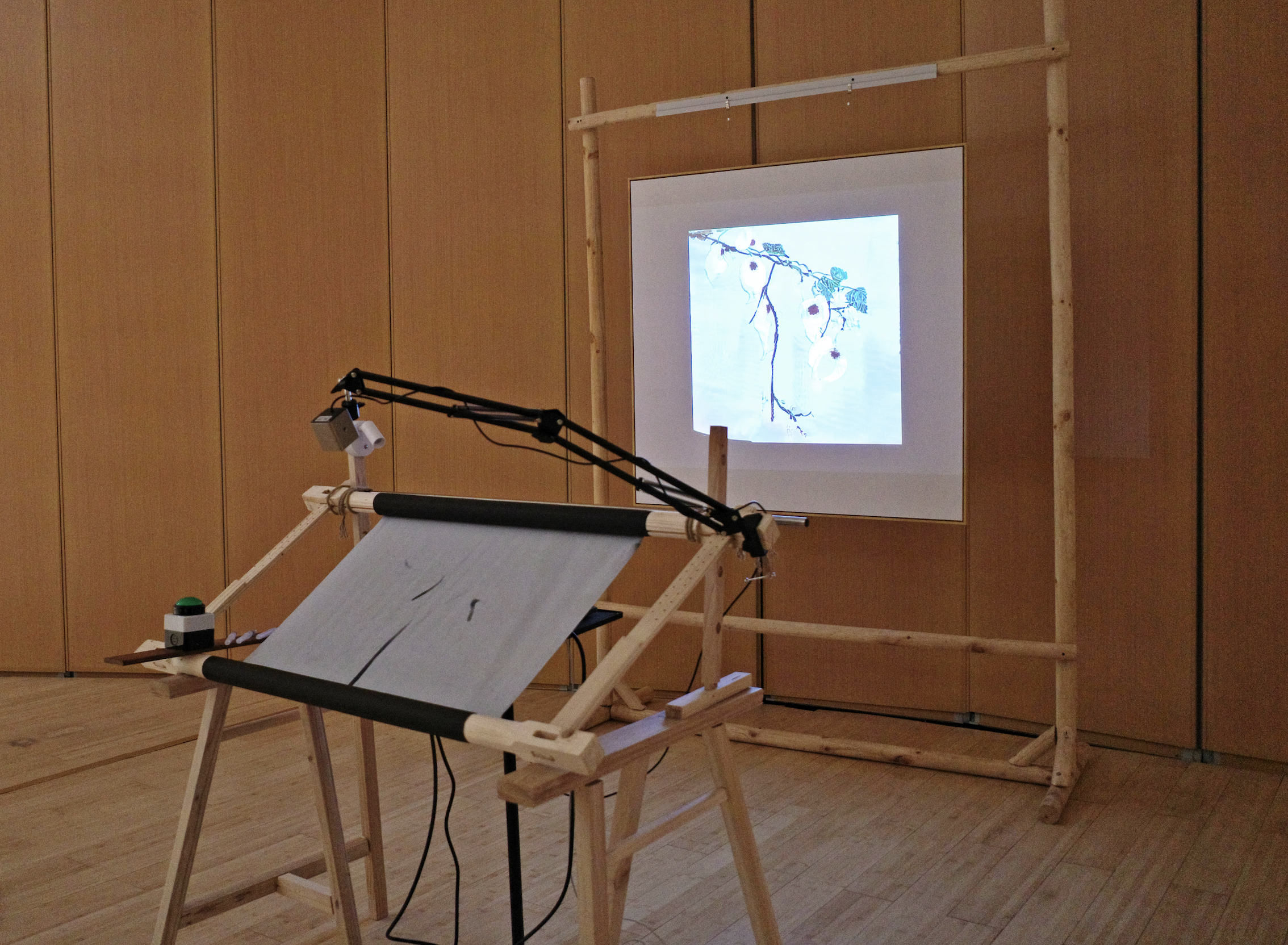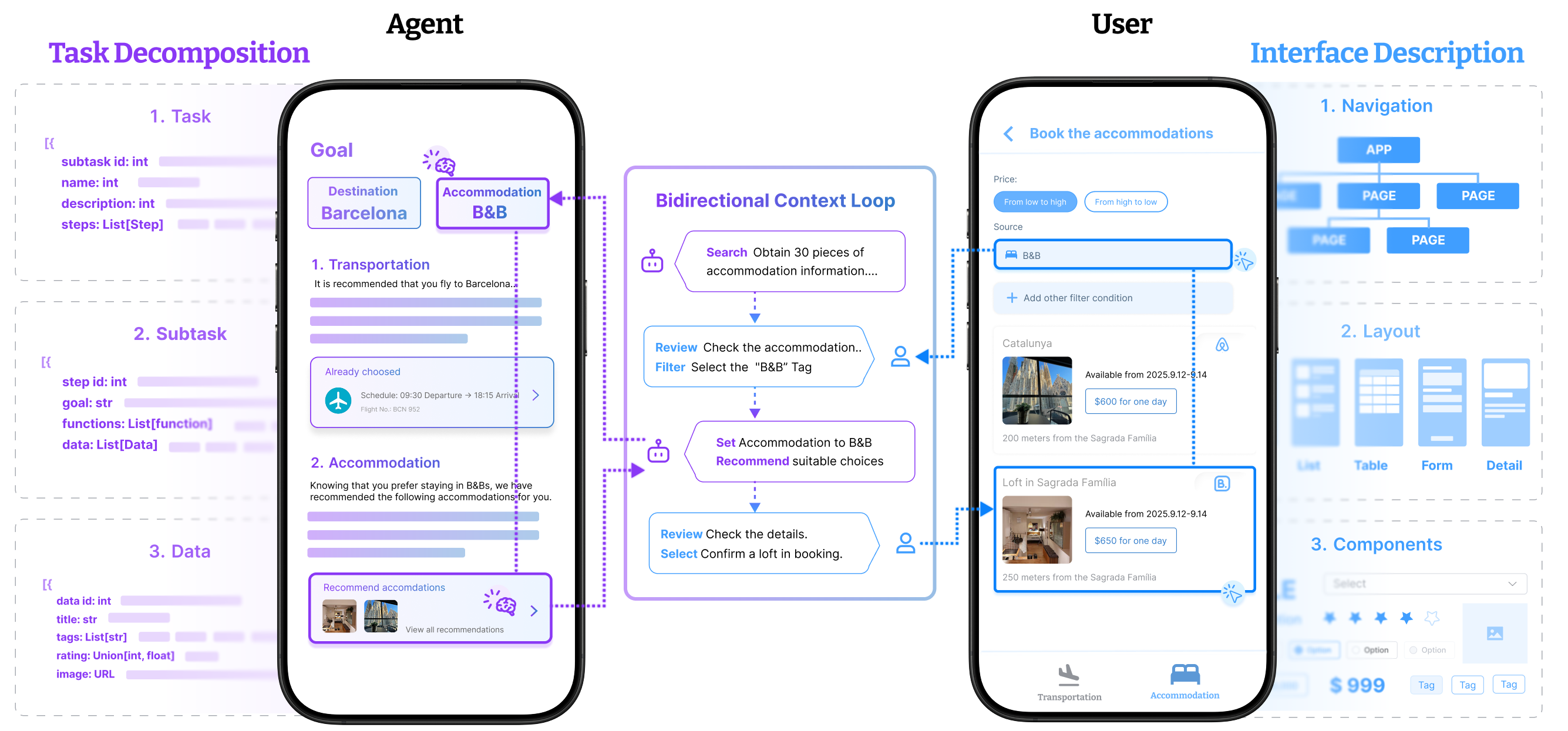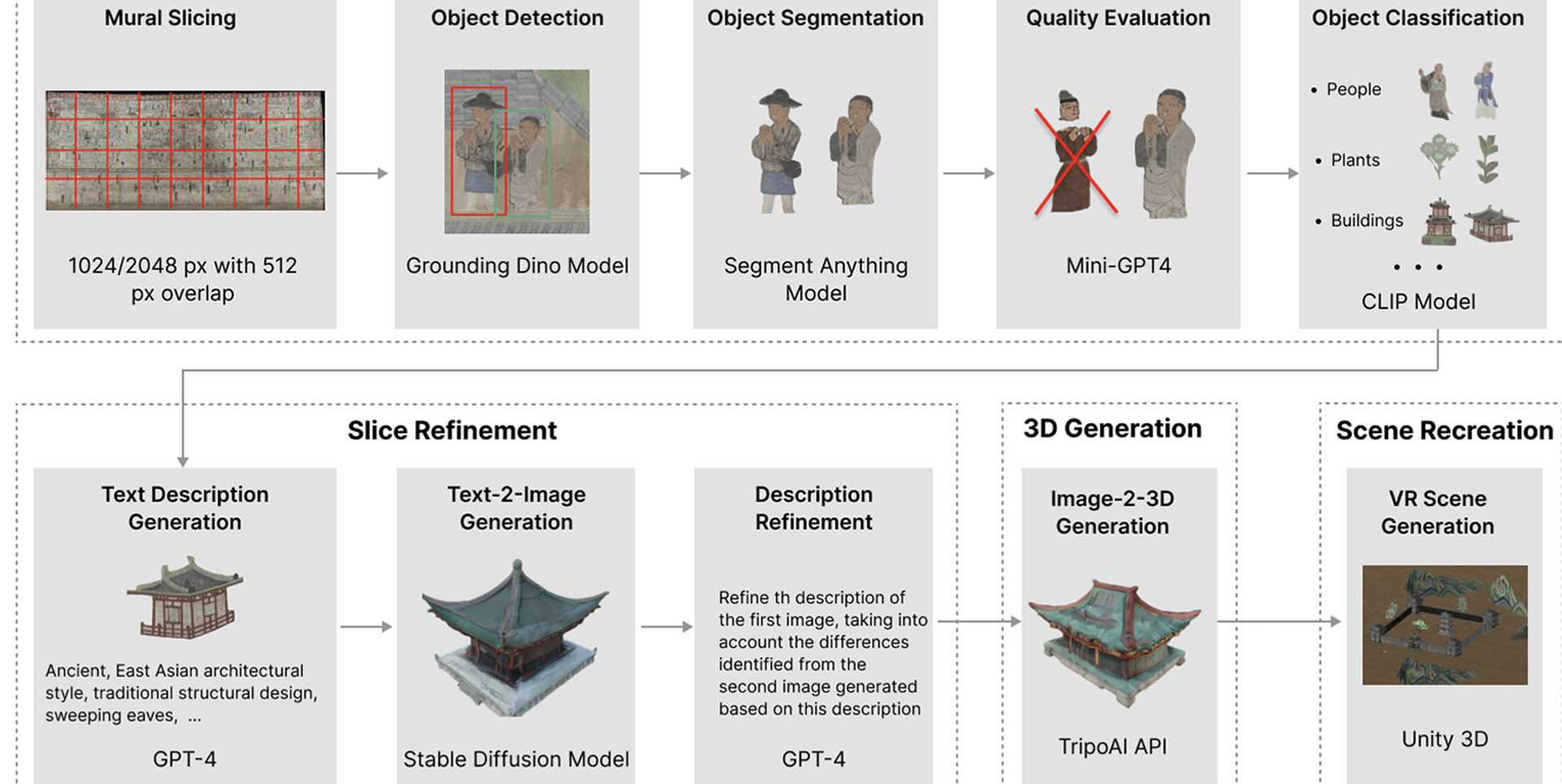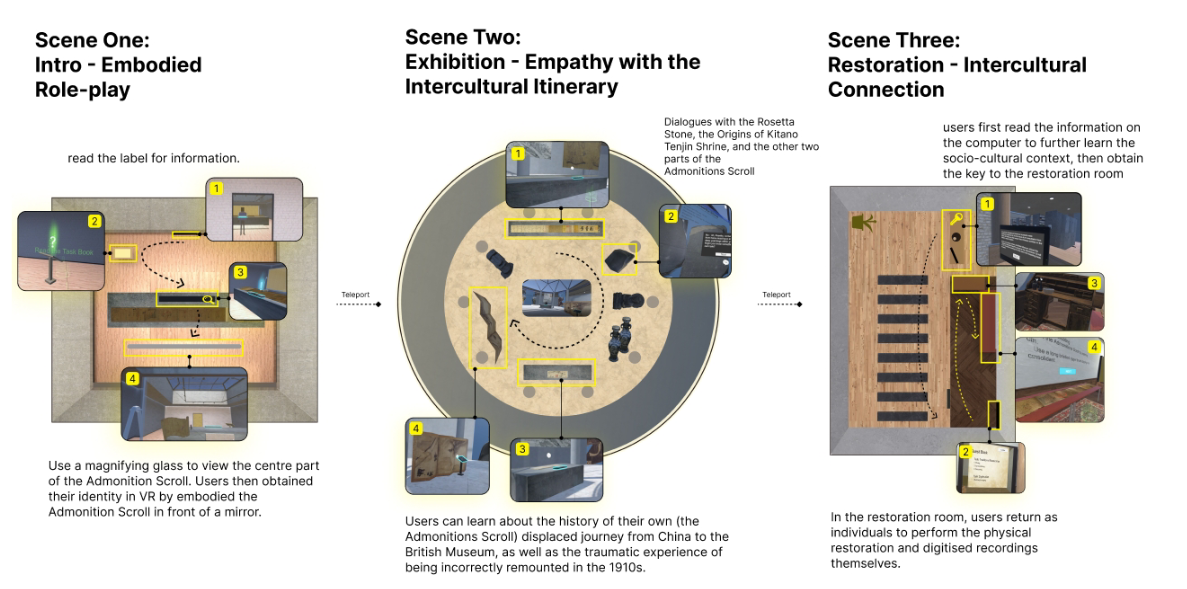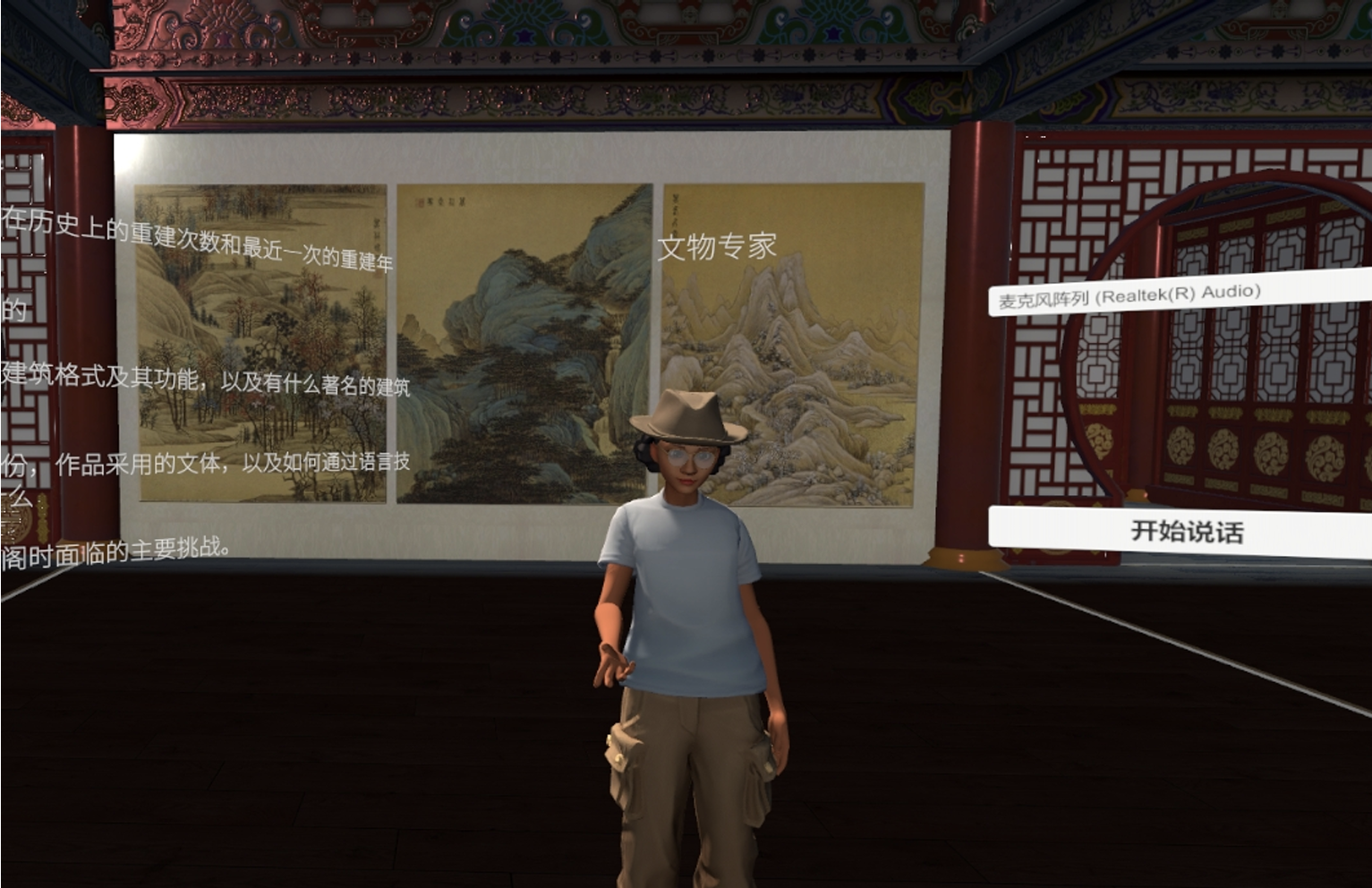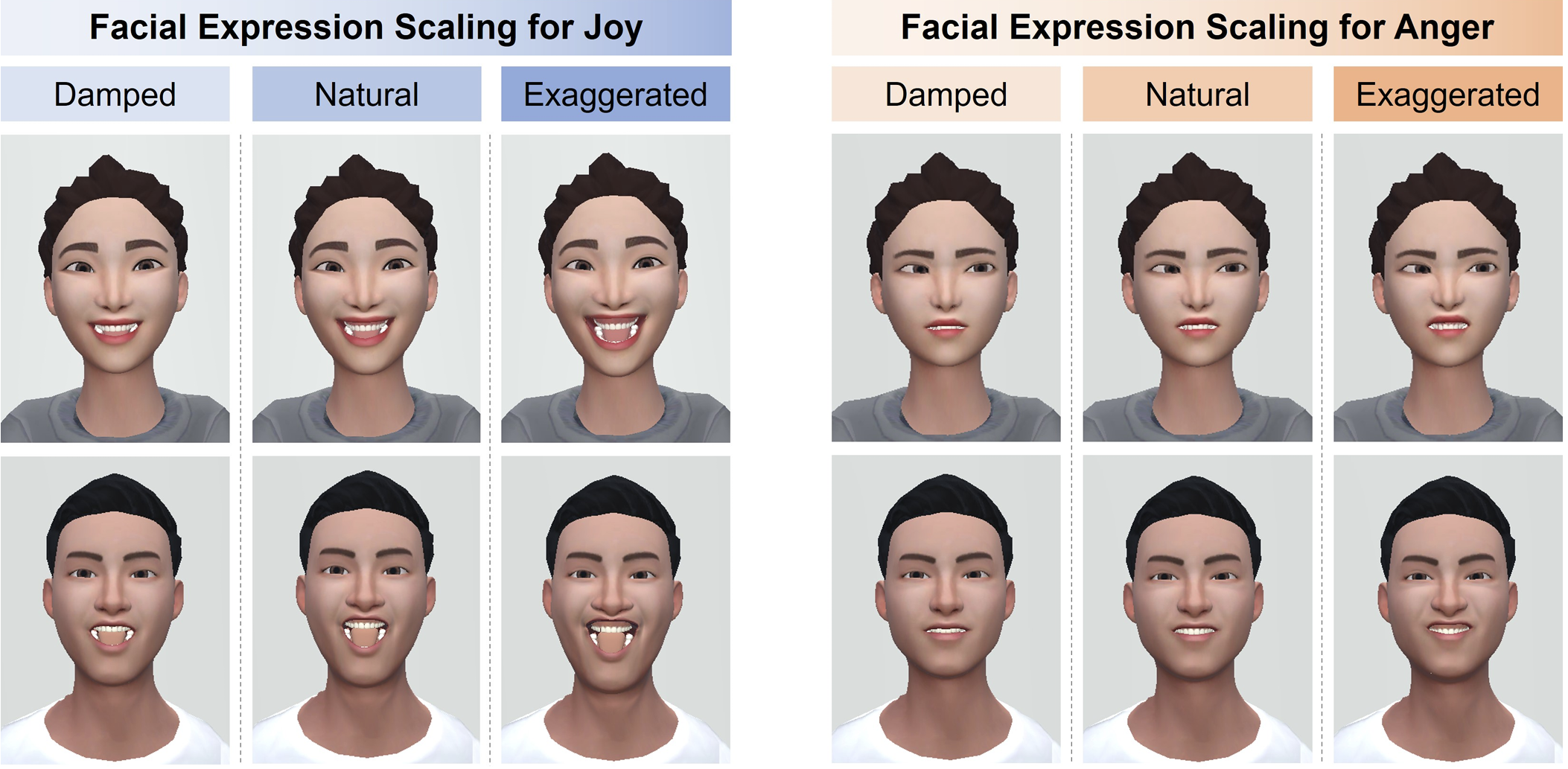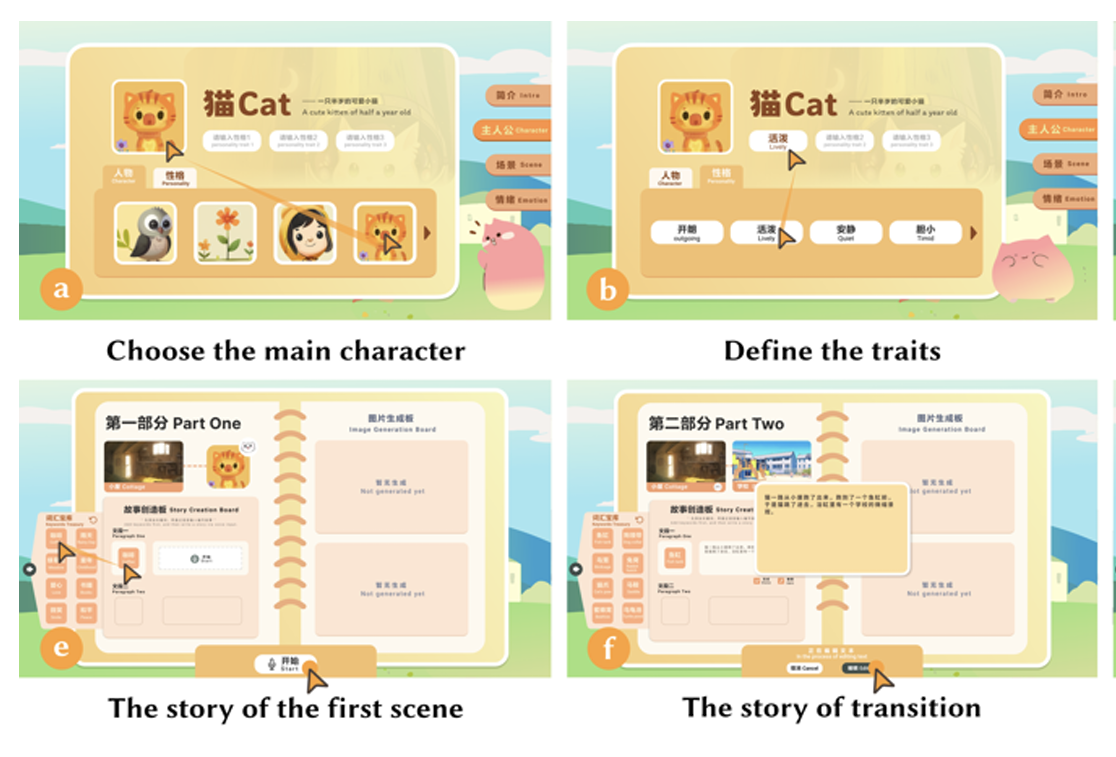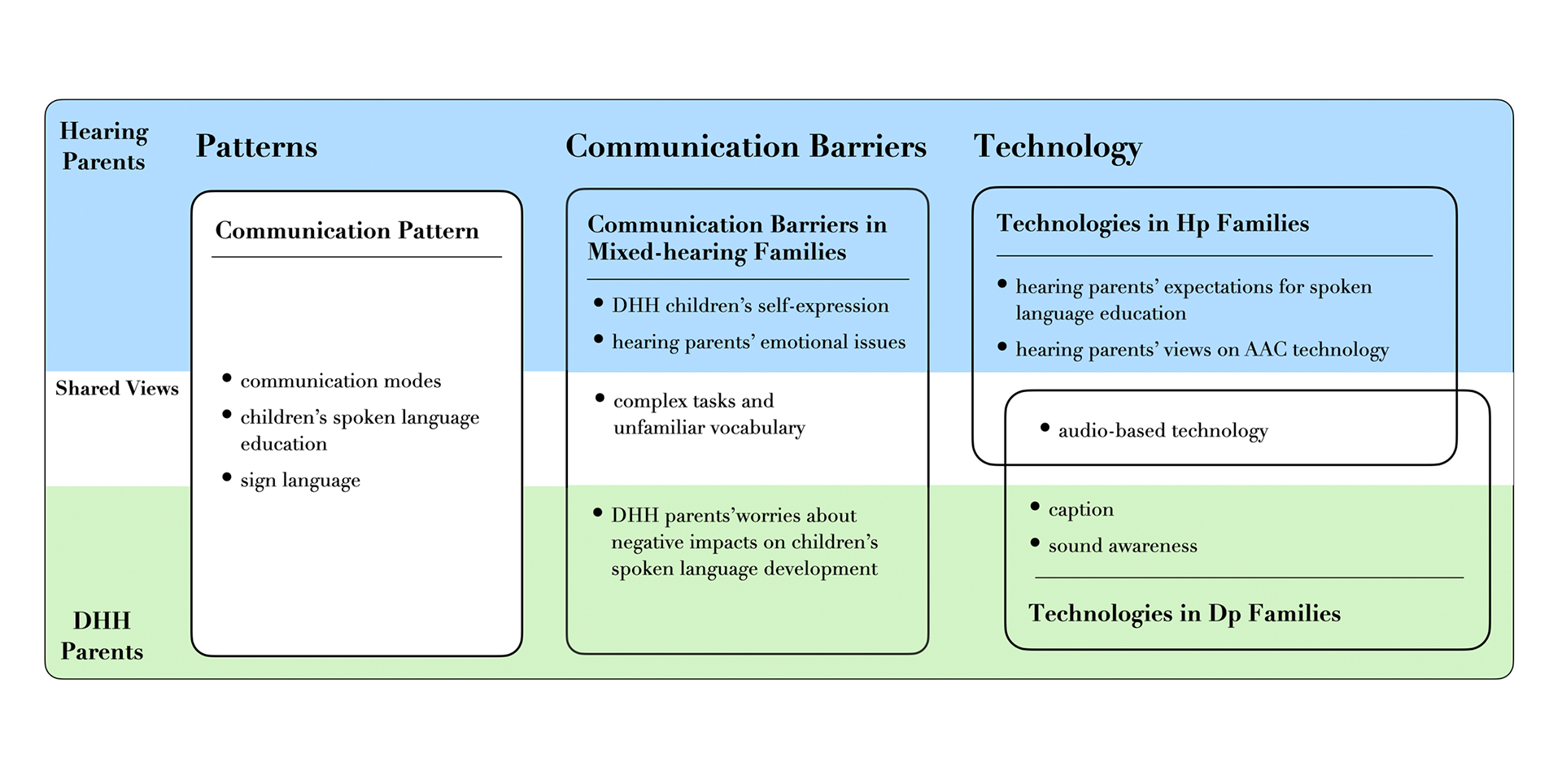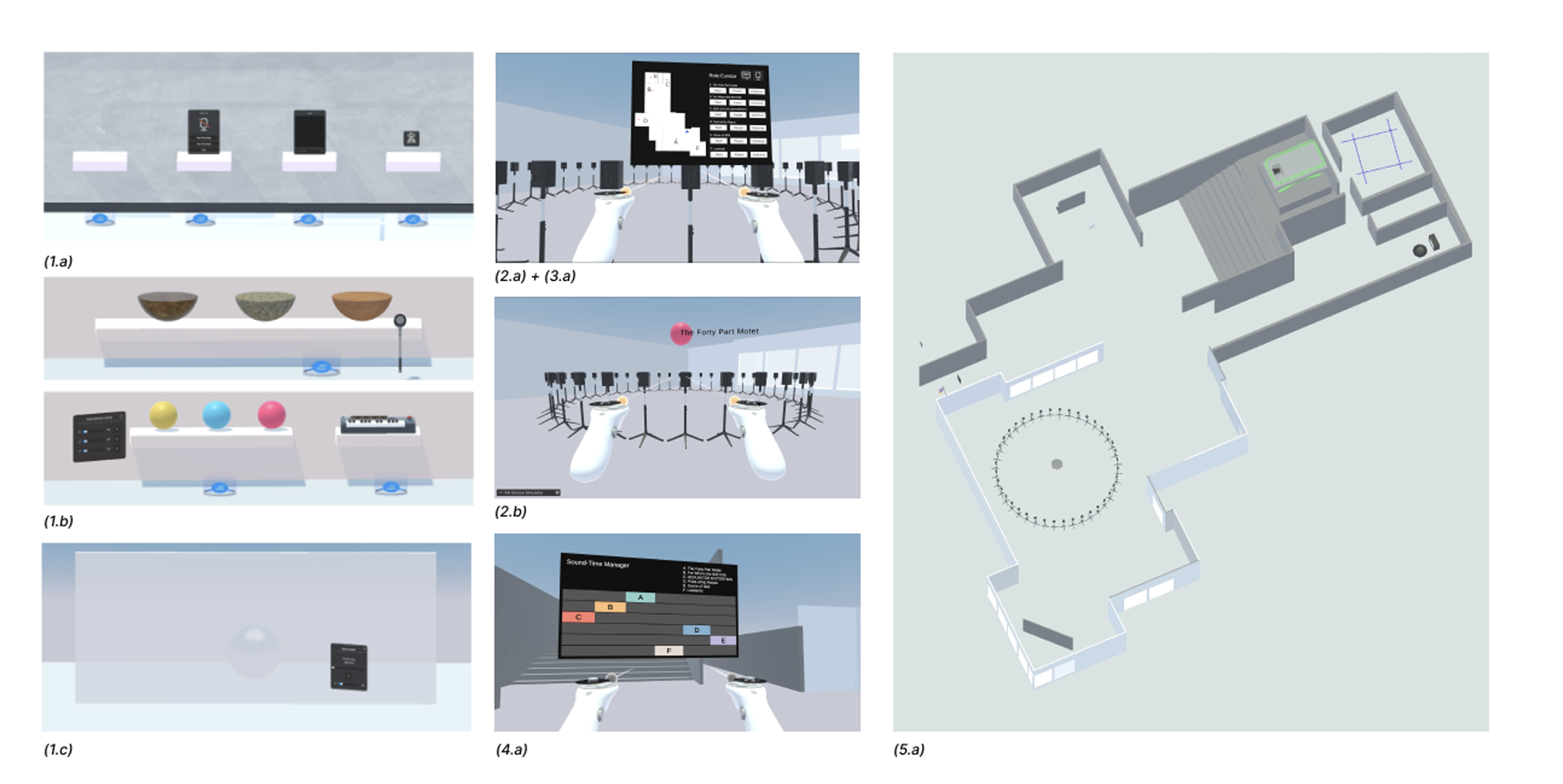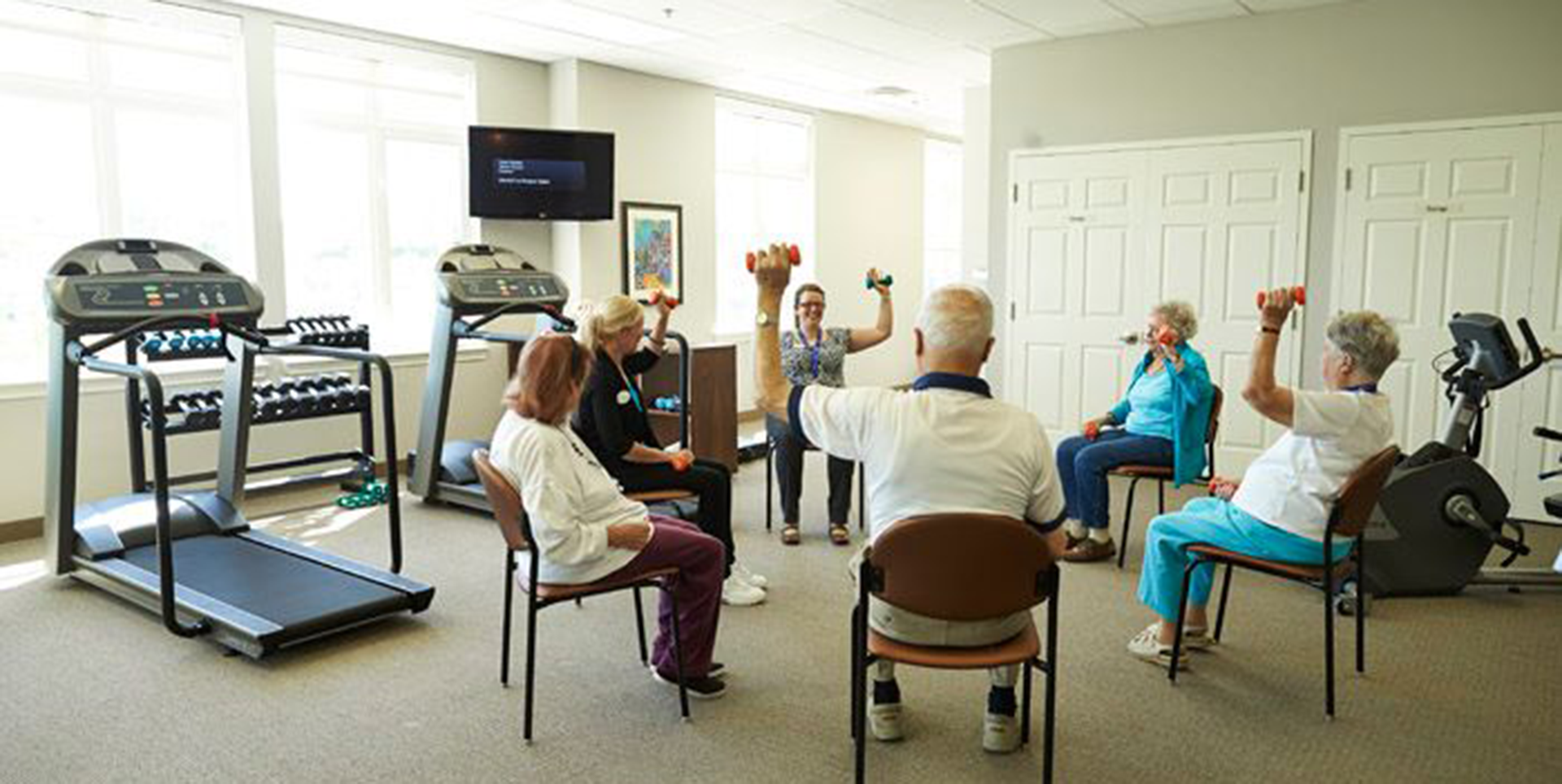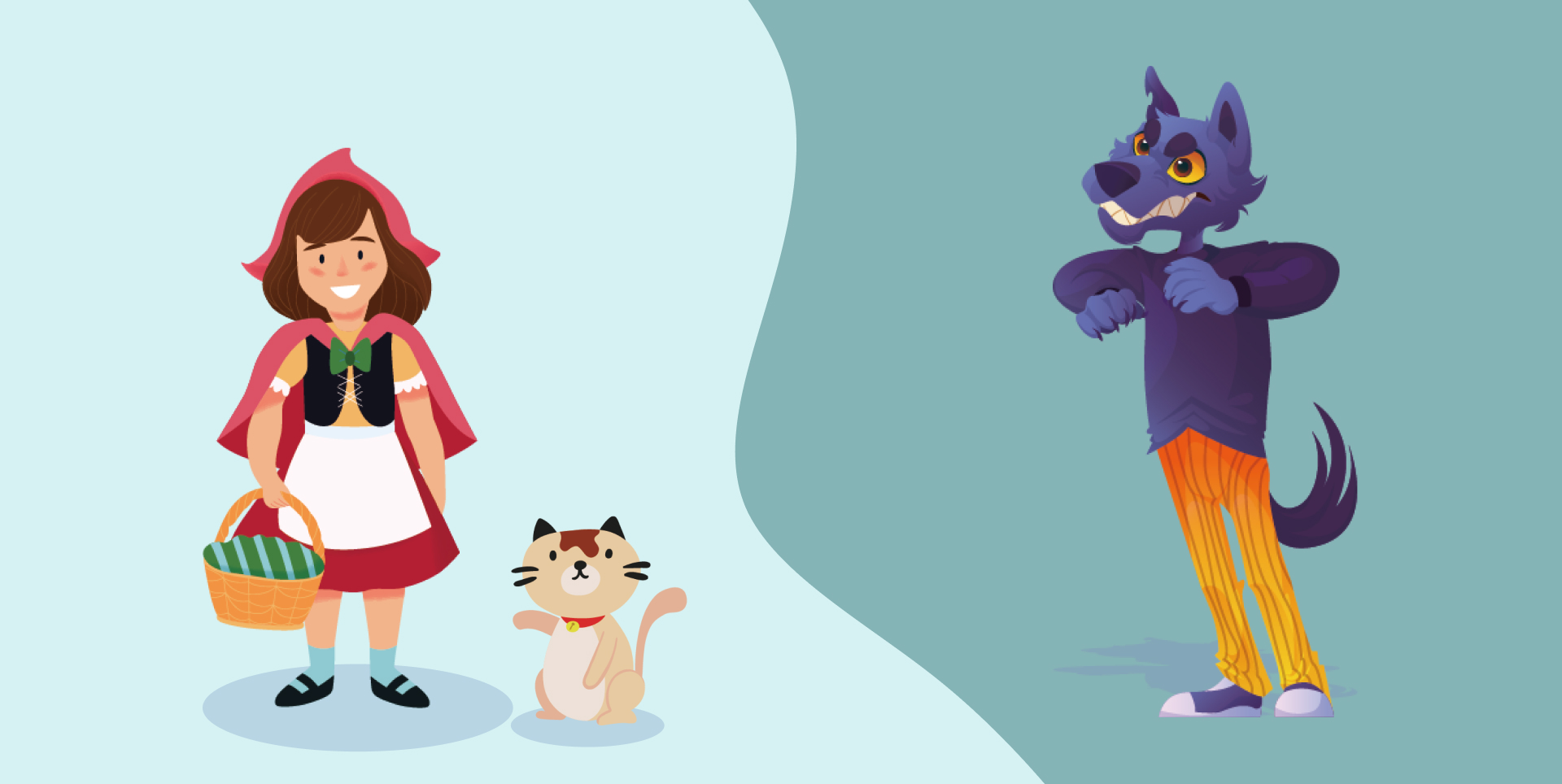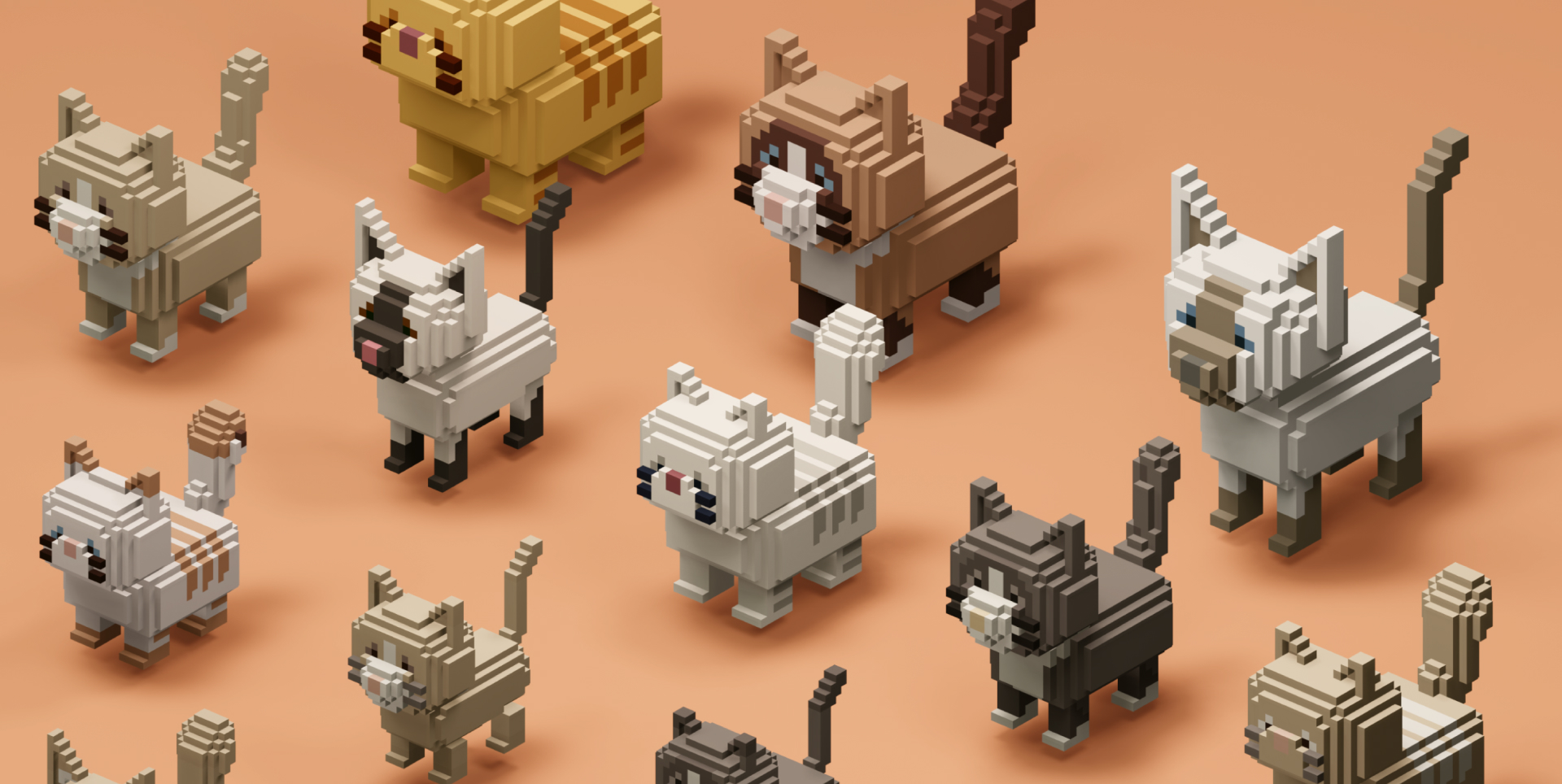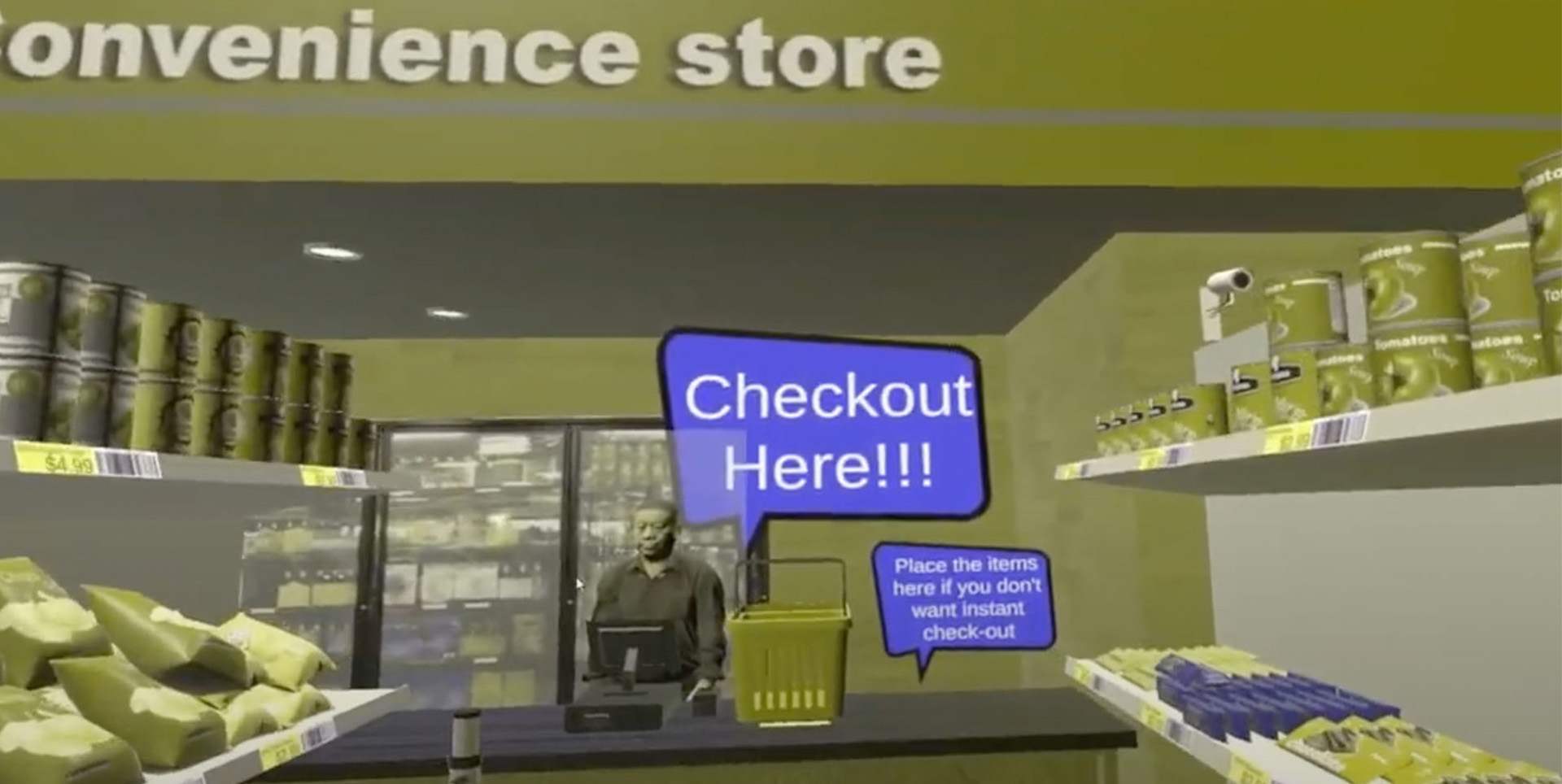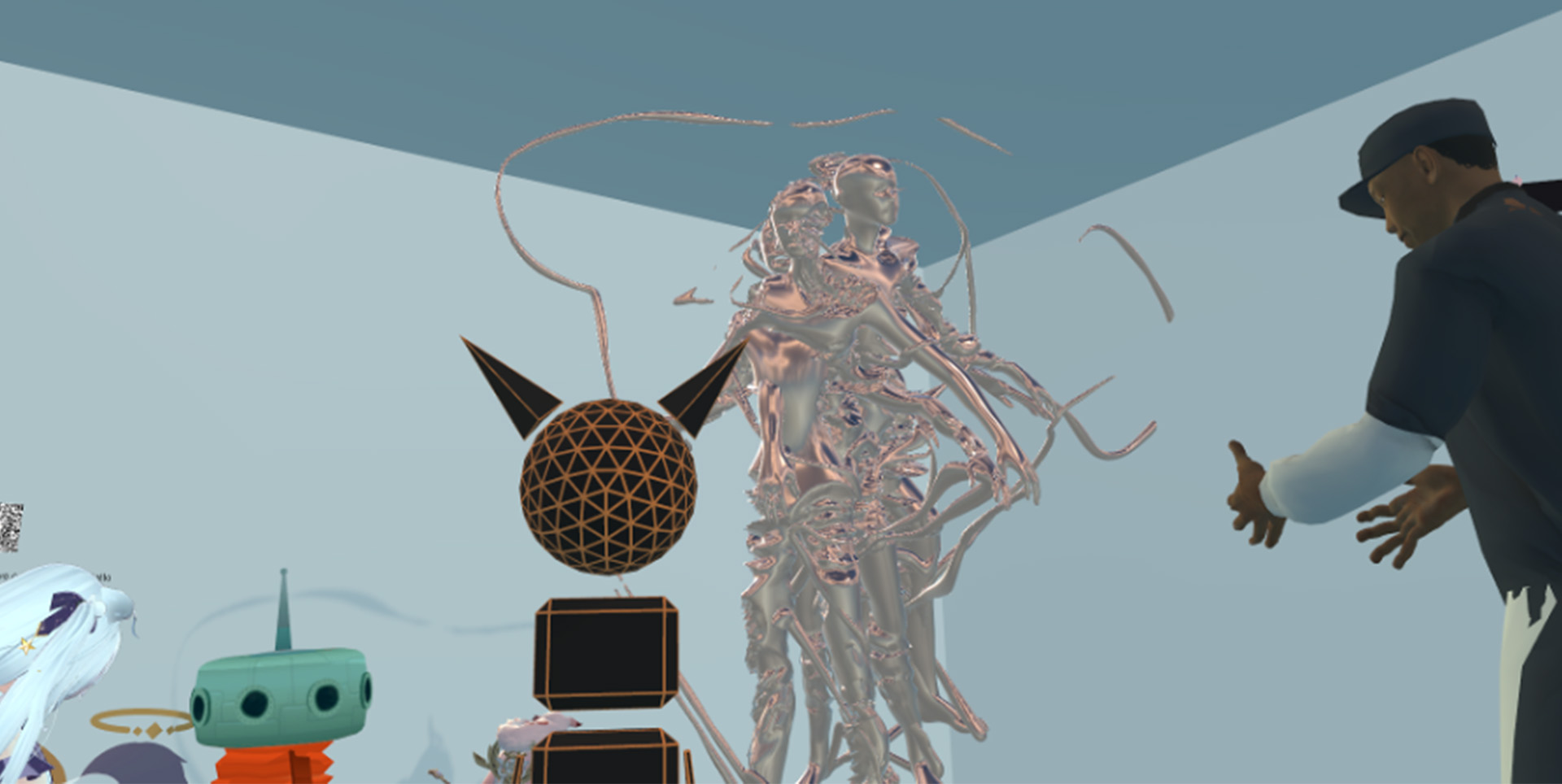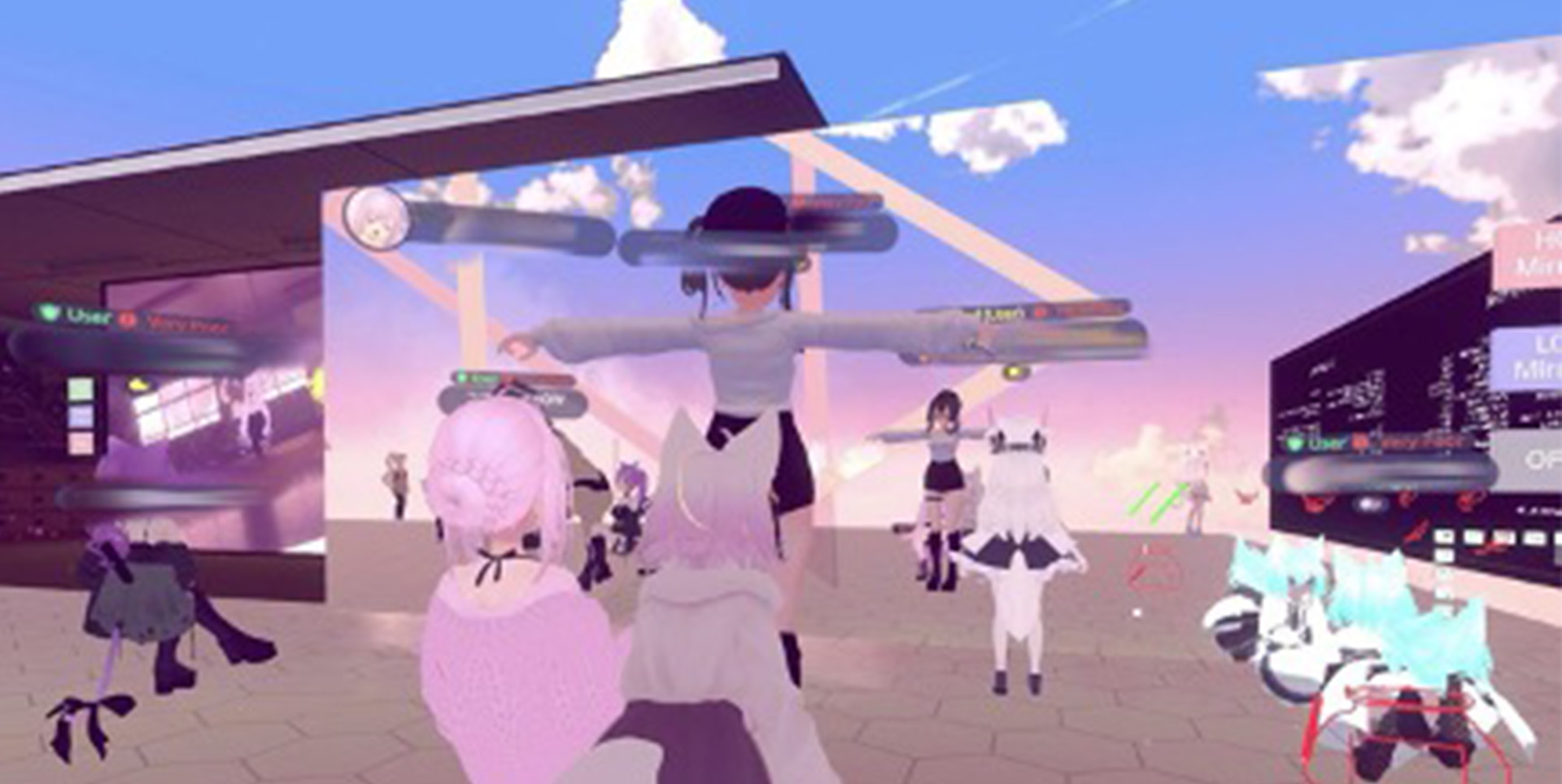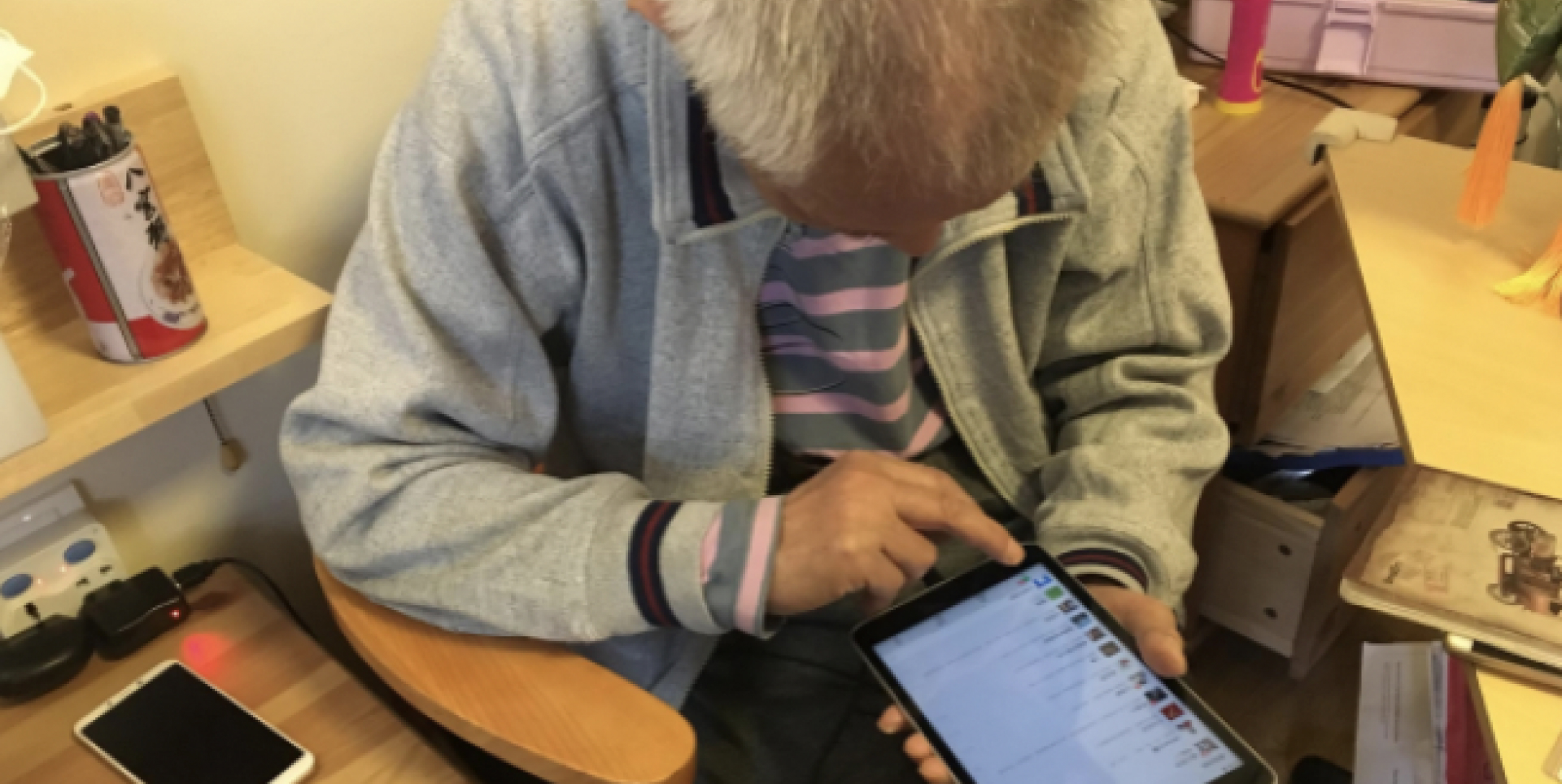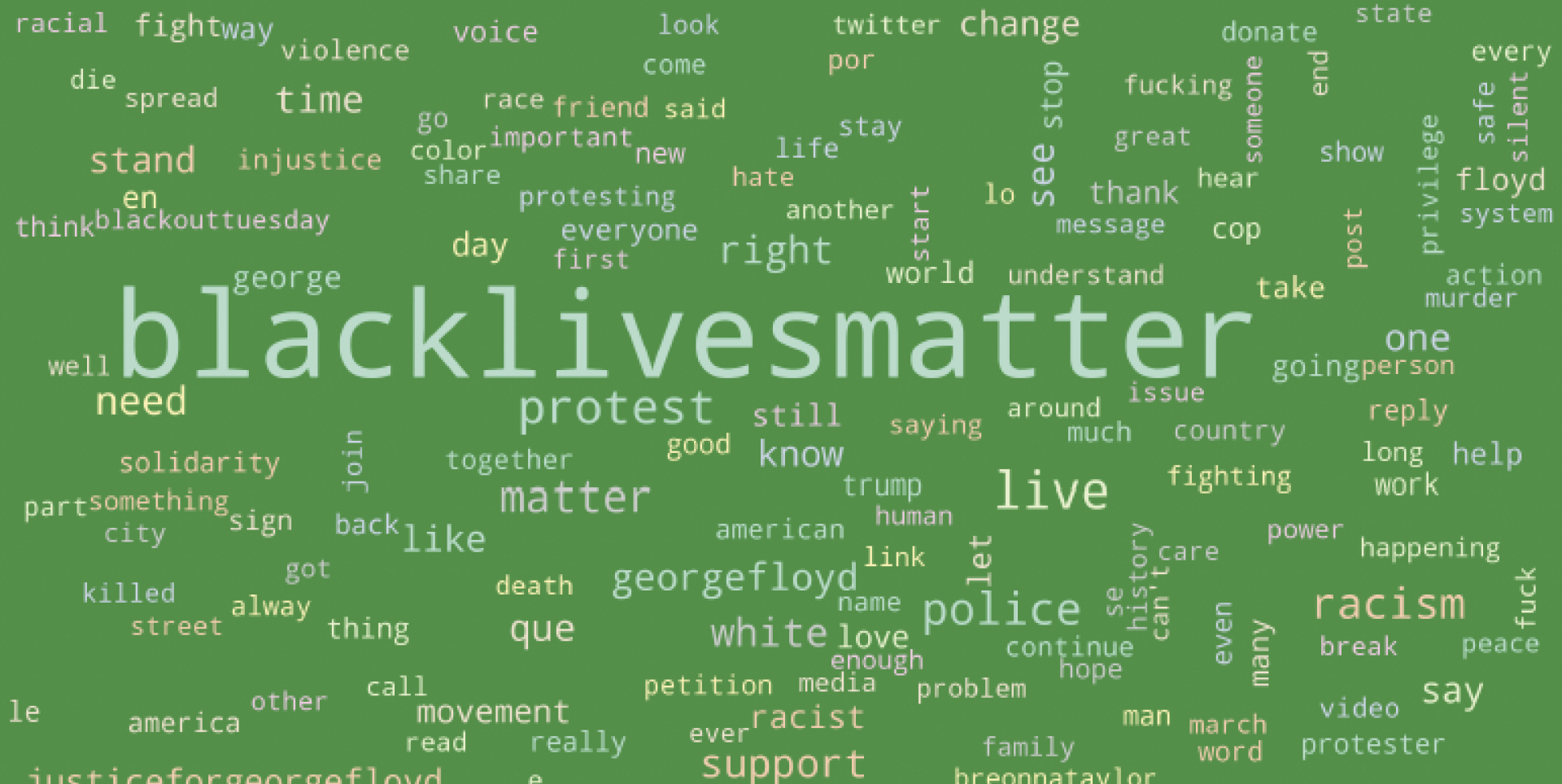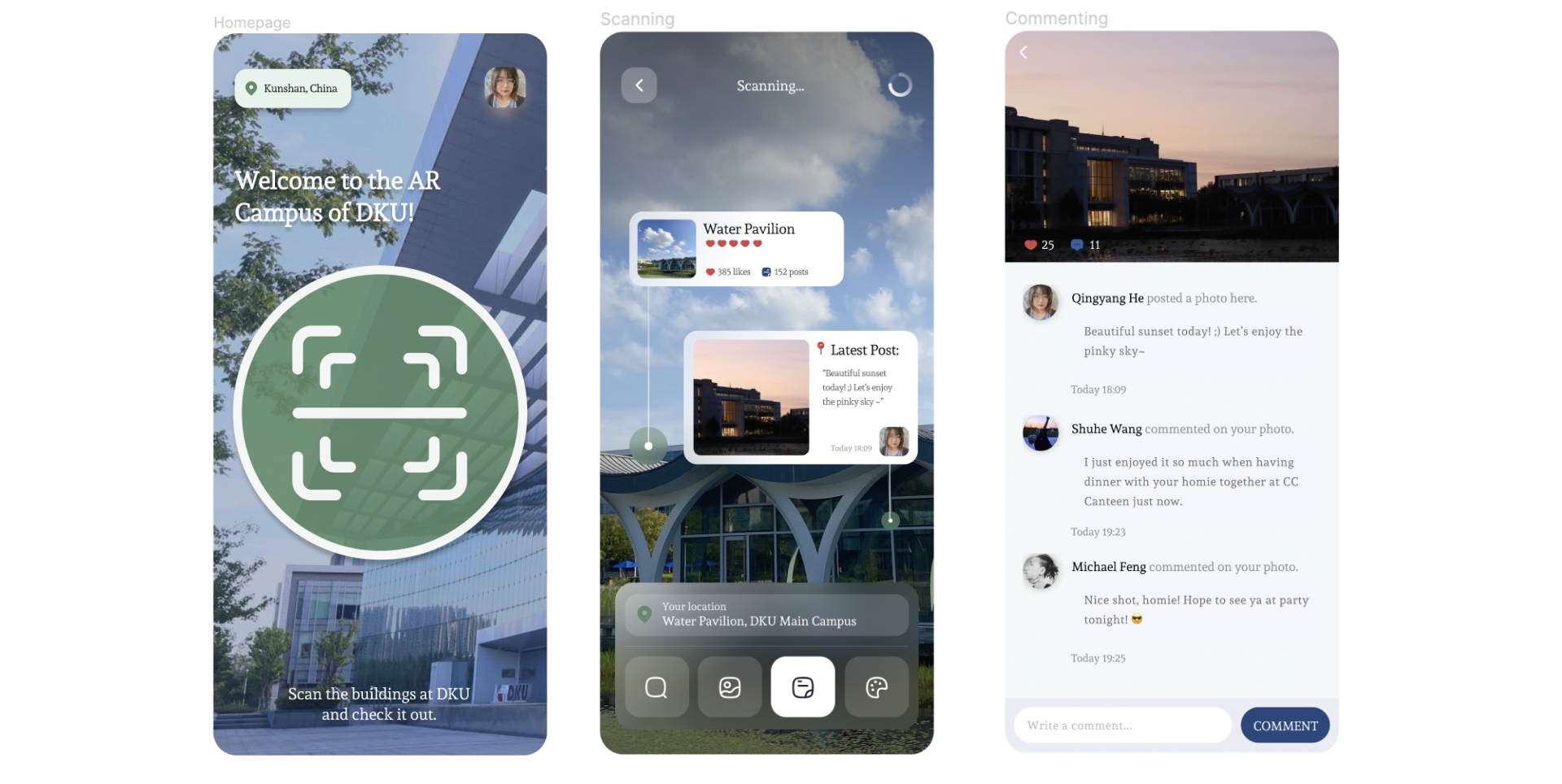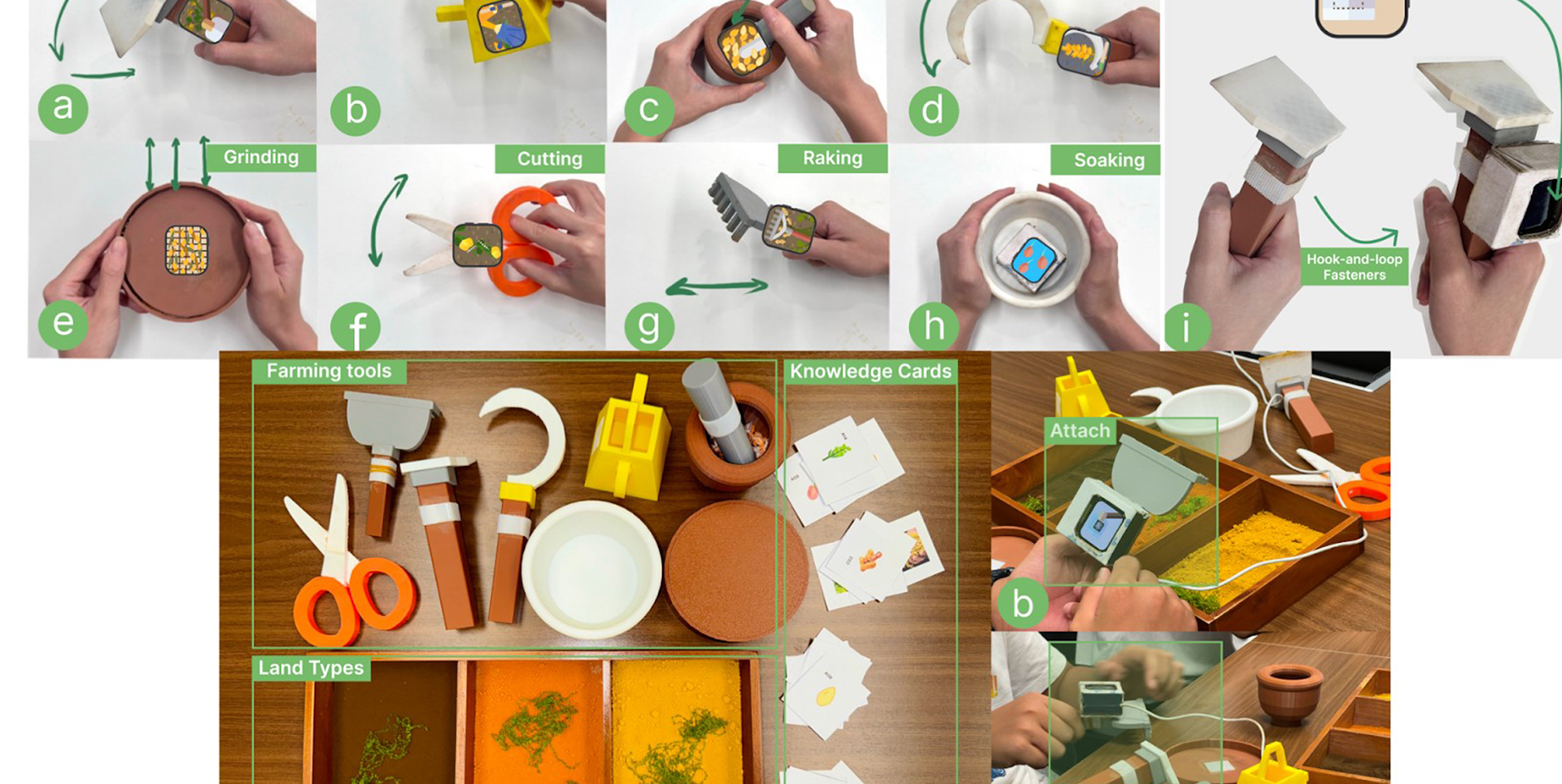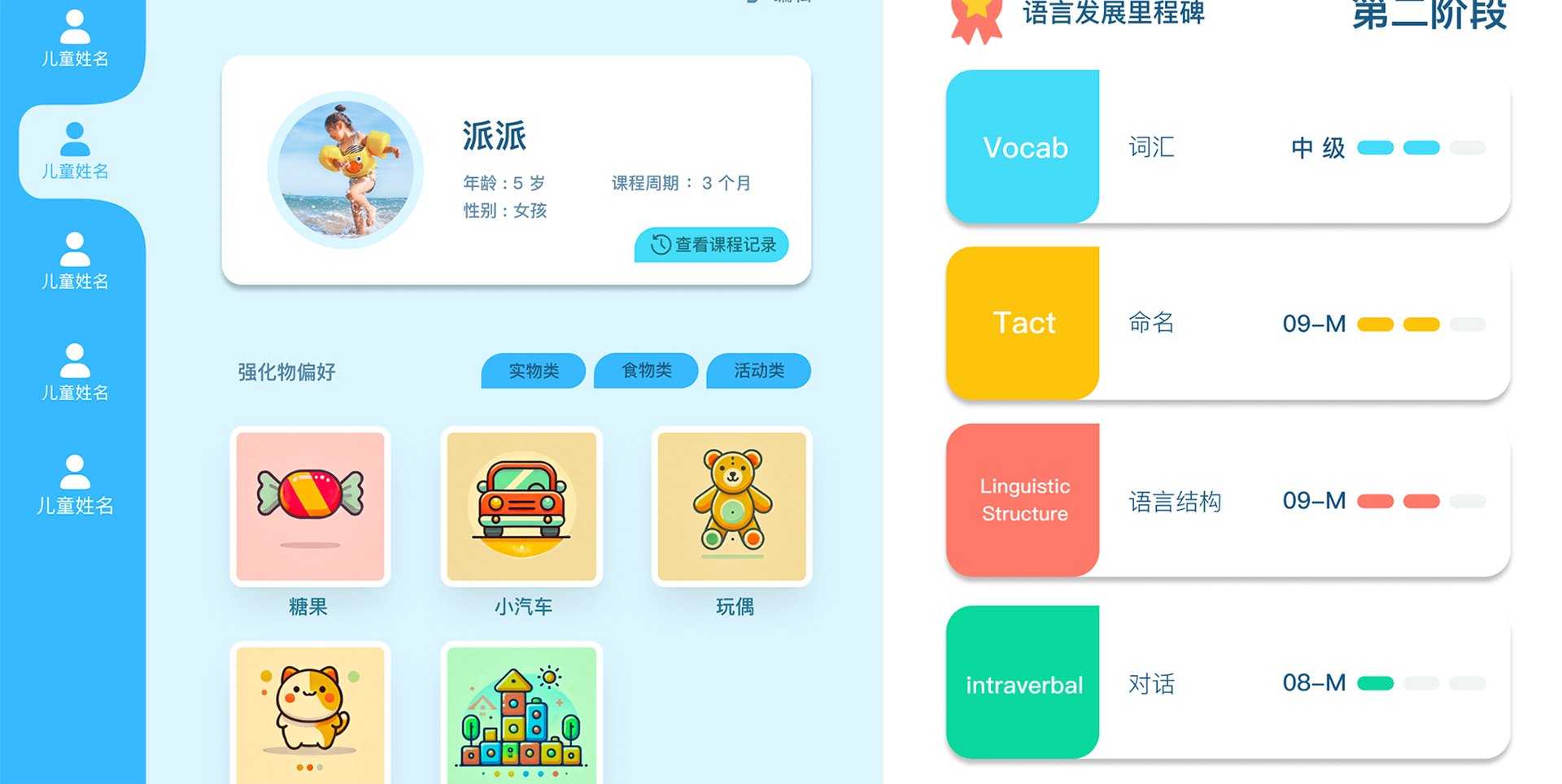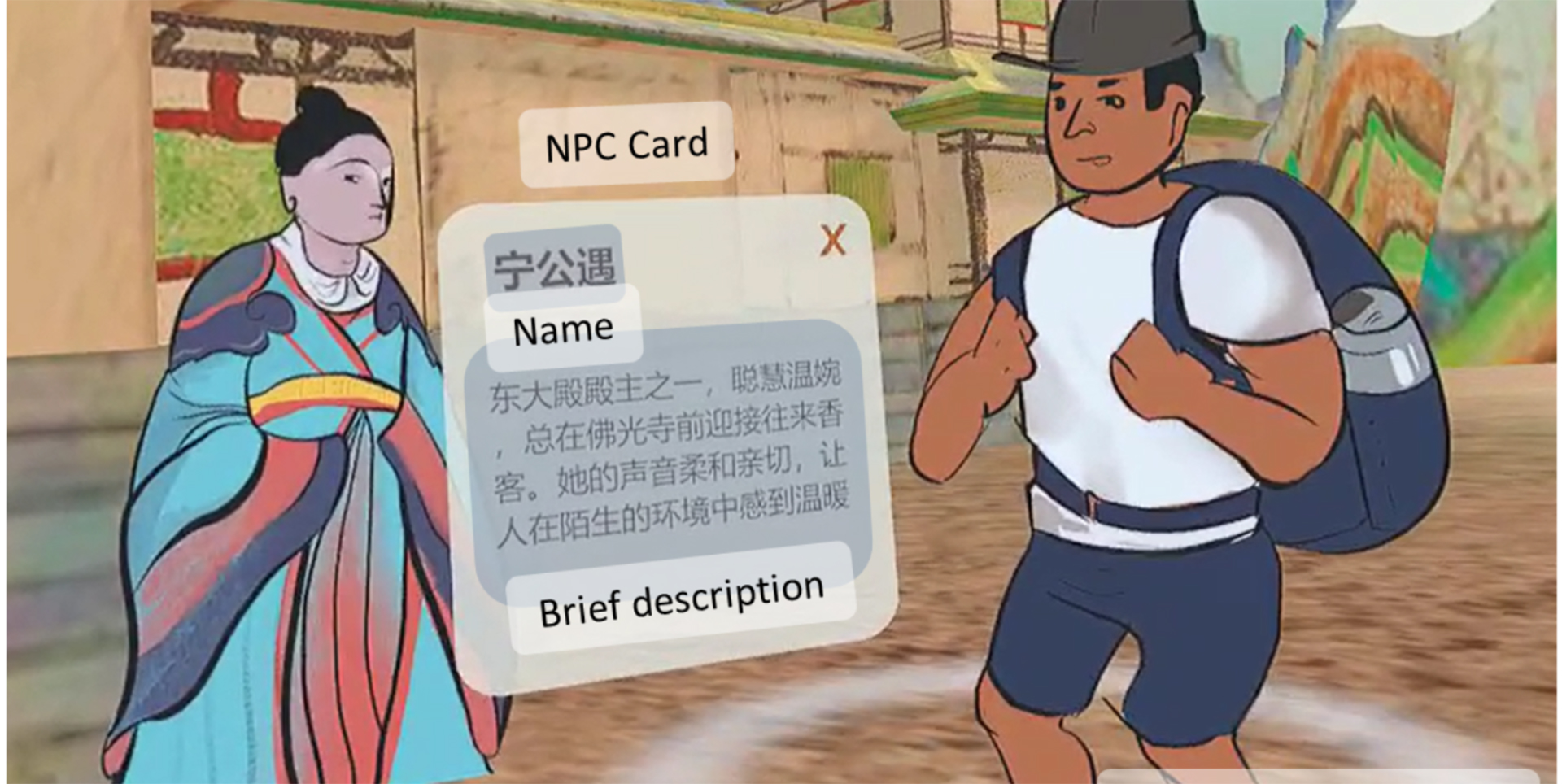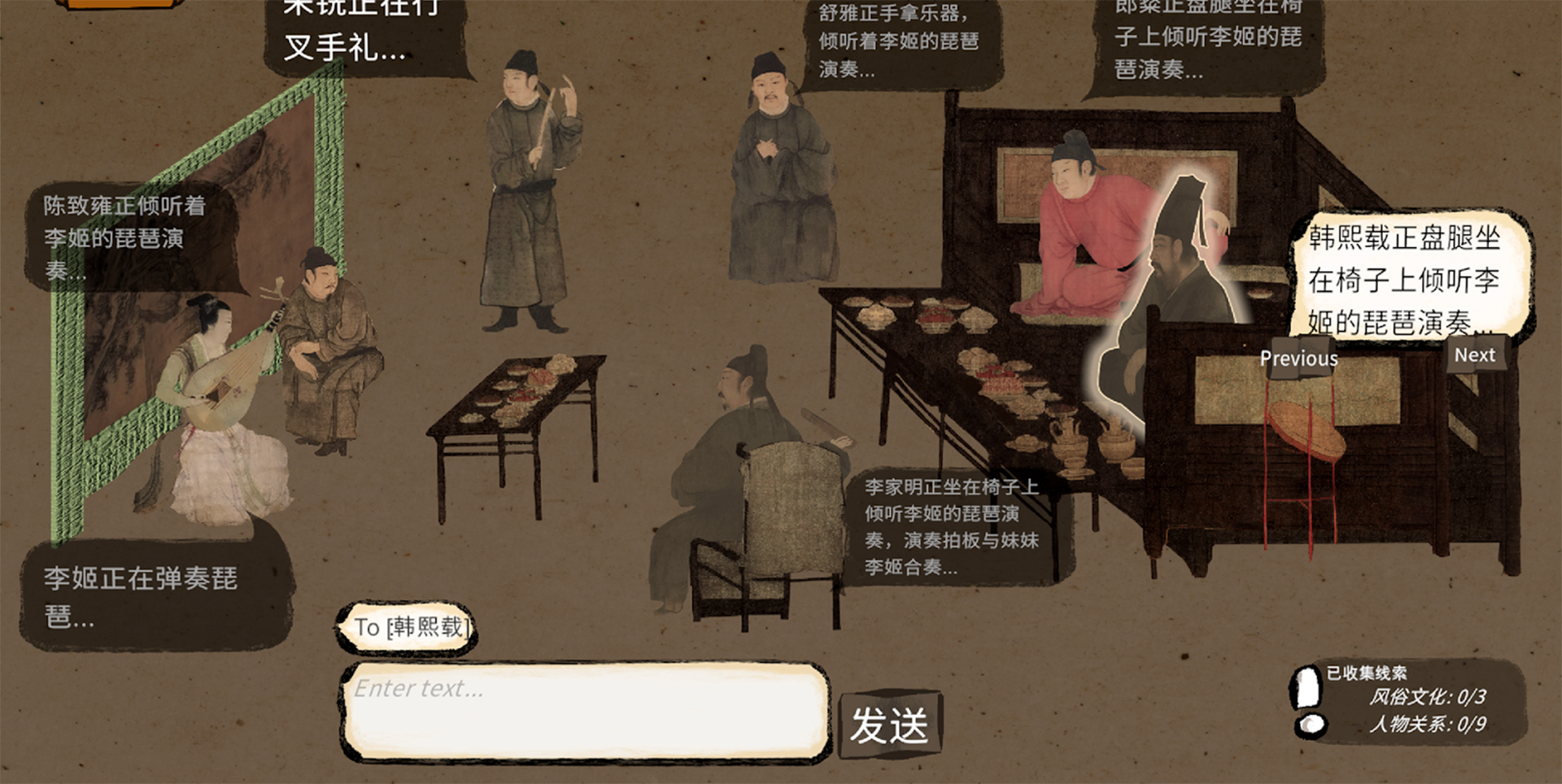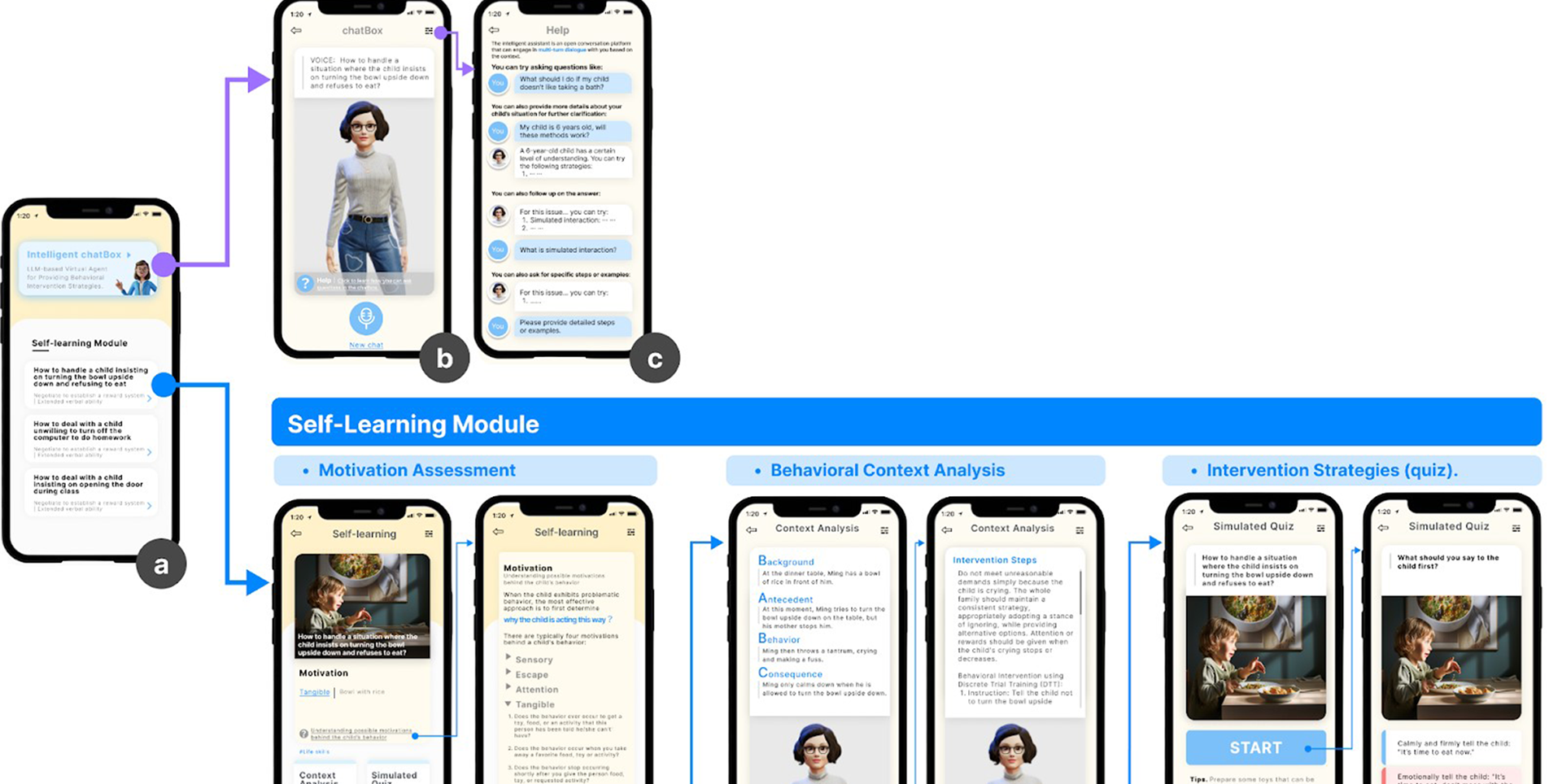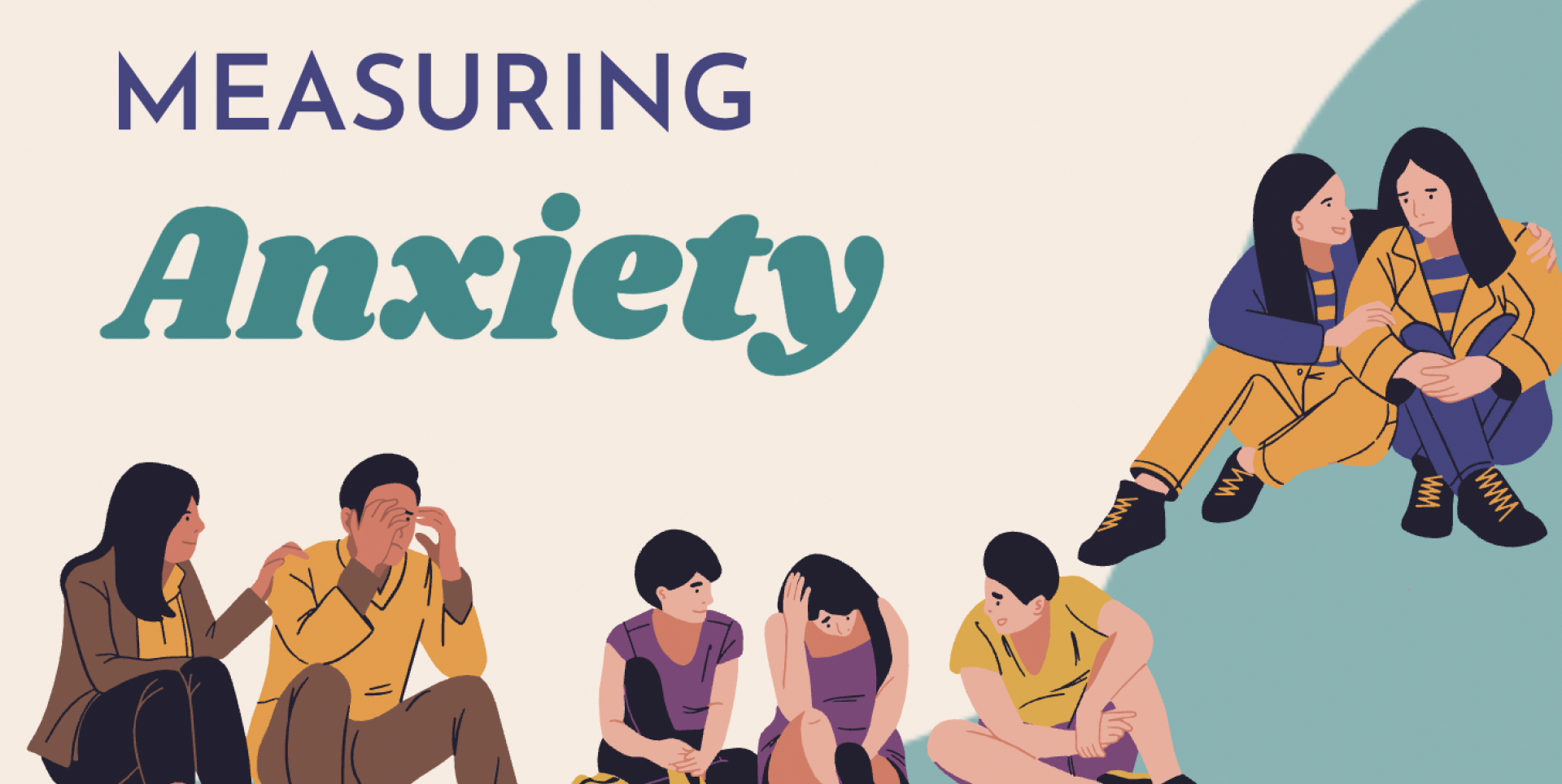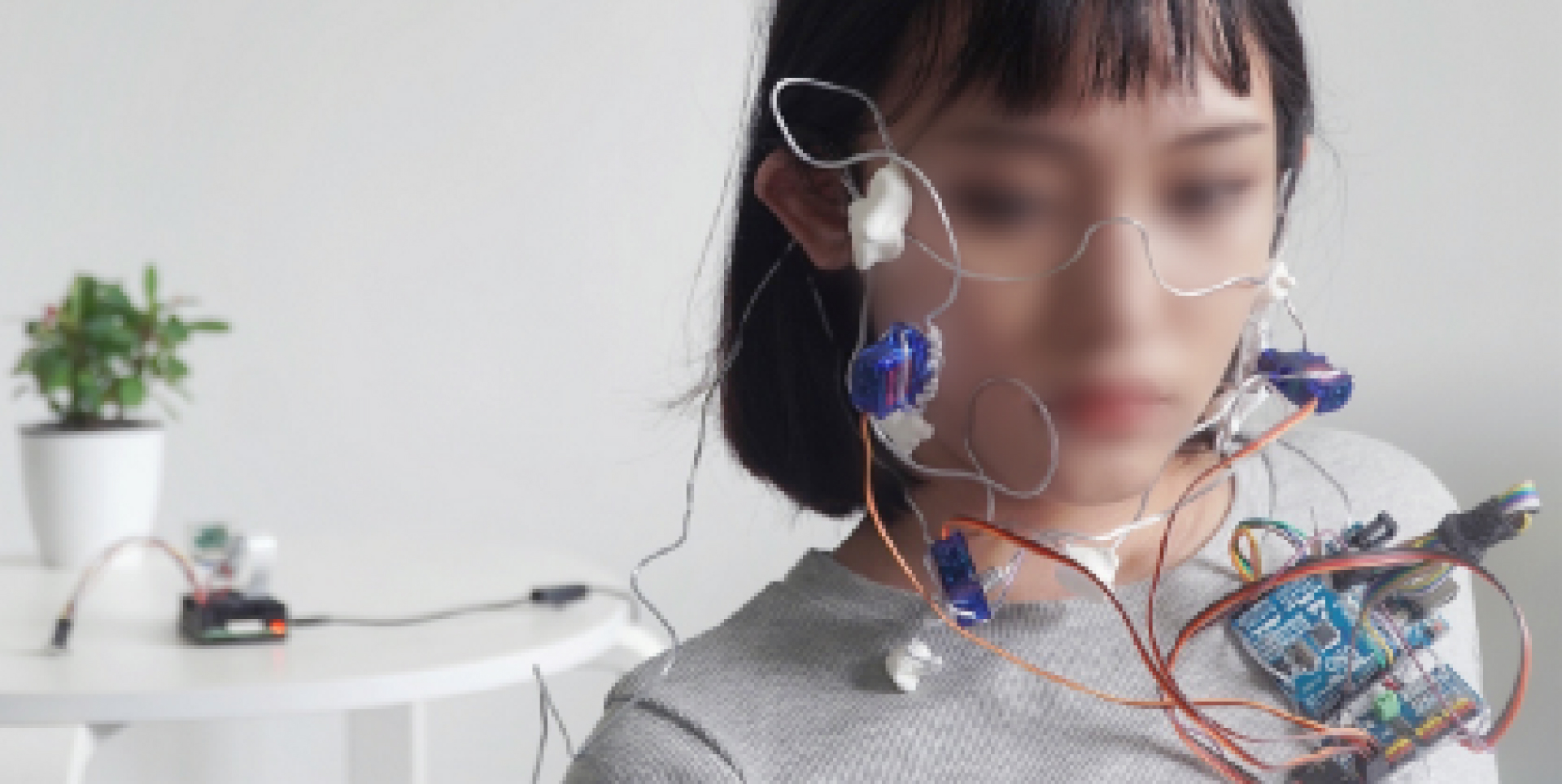Characterizing Collective Efforts in Content Sharing and Quality Control for ADHD-relevant Content on Video-sharing Platforms
ASSETS '25: The 27th International ACM SIGACCESS Conference on Computers and Accessibility
Hanxiu ‘Hazel’ Zhu, Avanthika Senthil Kumar, Sihang Zhao, Ru Wang, Xin Tong, and Yuhang Zhao
"I'm Not Confident in Debiasing AI Systems Since I Know Too Little": Hands-on Gender Bias Tutorials for AI Practitioners and Learners
ASIS&T '25: 88th Annual Meeting of the Association for Information Science & Technology
Kyrie Zhixuan Zhou, Jiaxun Cao, Xiaowen Yuan, Daniel E. Weissglass, Zachary Kilhoffer, Madelyn Rose Sanfilippo, Xin Tong
Immersive Biography: Supporting Intercultural Empathy and Understanding for Displaced Cultural Objects in Virtual Reality
CHI '25: Proceedings of the 2025 CHI Conference on Human Factors in Computing Systems
Ke Zhao, Ruiqi Chen, Xiaziyu Zhang, Chenxi Wang, Siling Chen, Xiaoguang Wang, Yujue Wang, and Xin Tong
Raise Your Eyebrows Higher: Facilitating Emotional Communication in Social Virtual Reality Through Region-Specific Facial Expression Exaggeration
CHI '25: Proceedings of the 2025 CHI Conference on Human Factors in Computing Systems
Xueyang Wang, Sheng Zhao, Yihe Wang, Howard Ziyu Han, Xinge Liu, Xin Yi, Xin Tong, Hewu Li
Parental Perceptions of Children's d/Deaf Identity Shaping Technology Use: A Qualitative Study on Communication Technologies in Mixed-hearing Families
CHI EA '25: Extended Abstracts of the CHI Conference on Human Factors in Computing Systems
Keyi Zeng, Jingyang Lin, Ruiqi Chen, RAY LC, Pan Hui, and Xin Tong
Technology-Mediated Non-pharmacological Interventions for Dementia: Needs for and Challenges in Professional, Personalized and Multi-Stakeholder Collaborative Interventions
CHI '24: Proceedings of the 2024 CHI Conference on Human Factors in Computing Systems. 👑Best Paper.
Yuling Sun, Zhennan Yi, Xiaojuan Ma, Junyan Mao, and Xin Tong
“I Keep Sweet Cats In Real Life, But What I Need In The Virtual World Is A Neurotic Dragon": Virtual Pet Designs With Personality Patterns
The Eleventh International Symposium of Chinese CHI (Chinese CHI 2023), Honorble Mention
Hongni Ye, Ruoxin You, Kaiyuan Lou, Yili Wen, Xin Yi, and Xin Tong.
Exploring Designers’ Perceptions and Practices of Collaborating with Generative AI as a Co-creative Agent in a Multi-stakeholder Design Process: Take the Domain of Avatar Design as an Example
CHCHI '23: Proceedings of the Eleventh International Symposium of Chinese CHI.
Qingyang He, Weicheng Zheng, Hanxi Bao, Ruiqi Chen, and Xin Tong
BlueVR: Design and Evaluation of a Virtual Reality Serious Game for Promoting Understanding towards People with Color Vision Deficiency
CHIPLAY'23: Proceedings of the ACM on Human-Computer Interaction, Volume 7, Issue CHI PLAY
Ruoxin You, Yihao Zhou, Weicheng Zheng, Yiran Zuo, Mayra Donaji Barrera Machuca, and Xin Tong.
"I Never Imagined Grandma Could Do So Well with Technology": Evolving Roles of Younger Family Members in Older Adults' Technology Learning and Use
2022 Proceedings of the ACM on Human-Computer Interaction, Volume 6, Issue CSCW2
Xinru Tang, Yuling Sun, Bowen Zhang, Zimi Liu, RAY LC, Zhicong Lu, and Xin Tong.
What are People Talking about in #BackLivesMatter and #StopAsianHate?: Exploring and Categorizing Twitter Topics Emerged in Online Social Movements through the Latent Dirichlet Allocation Model
AIES '22: Proceedings of the 2022 AAAI/ACM Conference on AI, Ethics, and Society
Xin Tong, Yixuan Li, Jiayi Li, Rongqi Bei, and Luyao Zhang
